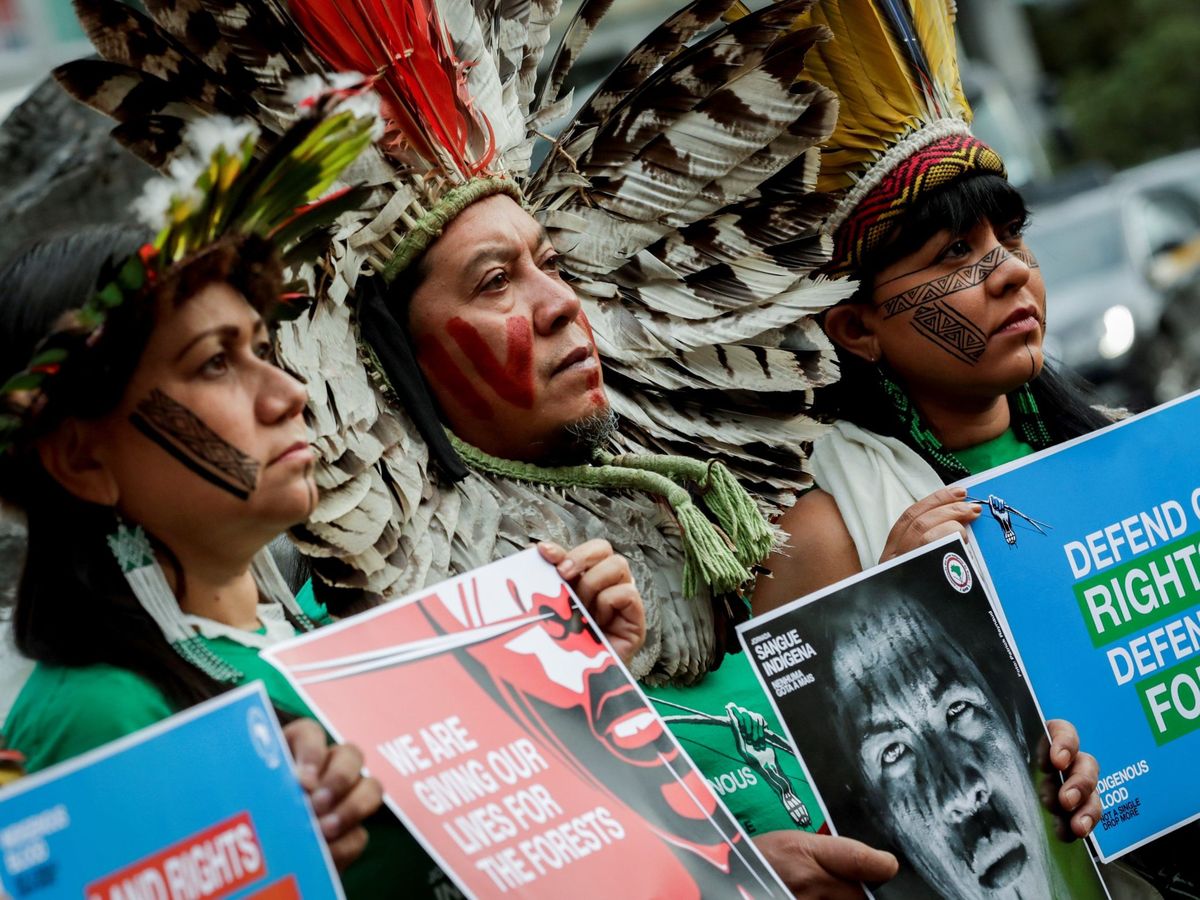Environmental Justice Atlas (EJAtlas): detect an increase in environmental conflicts in poor countries. He Environmental Justice Atlas (EJAtlas)created by researchers from the Institute of Environmental Science and Technology of the Autonomous University of Barcelona (ICTA-UAB), has so far documented 4,100 conflicts on account of environment across the planet, 75% of which take place in developing countries.
He Environmental Justice Atlas (EJAtlas) is an interactive map that identifies and locates existing ecological-distributive conflicts around the world. Since its creation 12 years ago, this open access web platform has documented 4,100 cases, 19% of which are caused by fossil fuels and energy generation, another 19% by mining extraction, and 13% by agroindustry, fishing and forestry exploitation.
Through individualized sheets, the Environmental Justice Atlas (EJAtlas) classifies conflicts according to the type of commodity or natural resource that causes it (for example, land 38%, water 27%, electricity 20%, oil 11% or coal 10%), the country where it takes place, the company responsible and the type of exploitation that causes it (access to water and dams 29%, land ownership 26%, mining exploitation 16%, deforestation 14%, or toxic discharges 12%). Each file provides exhaustive data about the project, the confrontation, the dates, its impact, the local resistance it has generated or how the conflict has been managed.
The country with the highest number of conflicts recorded in the Environmental Justice Atlas (EJAtlas) It is the United States with 10% of the cases, followed by India (9.6%), Mexico (7.1%), China (6.2%) or Brazil (5.2%). However, researchers remember that these data do not represent the full magnitude of the problem, since there are countries with numerous disputes of which they have no record or access to information.
ICTA-UAB researchers explain that conflicts are a consequence of the consumption patterns of our current economic model, which relies on the continued extraction of the planet’s limited resources. For this reason, they have detected an increase in disputes related to renewable energy projects, carbon offsets, protected areas and mining for the energy transition, as well as oil, mining and agro-industrial activities.
The data of the Environmental Justice Atlas (EJAtlas) They reveal the existence of an important movement of local activists and defenders who fight against these environmental injustices. These resistance movements manage to stop, suspend or delay around 25% of documented conflicts, in half of the cases combining citizen resistance with judicial actions.
“The global environmental justice movement plays a very relevant role in mitigating the climate crisis and environmental deterioration worldwide,” explains Joan Martínez Alier, ecological economist at ICTA-UAB and co-founder of the Environmental Justice Atlas (EJAtlas). However, researcher Mariana Walter points out that “31% of the registered conflicts involve the repression and criminalization of environmental defenders by the authorities. In 18% of documented cases, these activists are victims of physical violence, and in 13% they are victims of murder.”
The situation worsens when environmental defenders are indigenous populations who fight against the impacts that extractive activities have on their way of life and traditional culture. The indigenous people mobilize in 34% of the cases collected in the Environmental Justice Atlas (EJAtlas), and suffer 27% of criminalization, 25% of violence and 19% of murders. “This is the environmentalism of the poor and indigenous people, who fight against the extraction of fossil fuels, open pit mining, tree plantations or hydraulic dams,” says Martinez-Alier.
Environmental defenders also suffer greater violence due to gender issues. ICTA-UAB records document more than a hundred murders of women. Furthermore, 20% of conflicts cause the displacement of people.
The project has made it possible to identify more than 5,000 companies involved in conflicts, although “it is surprising that some 100 especially conflictive companies are involved in a third of the cases collected,” says Marcel Llavero-Pasquina, ICTA-UAB researcher and coordinator of the Environmental Justice Atlas (EJAtlas). 41% of companies belong to rich countries, while only 25% of conflicts occur in these countries.
Those responsible for the project Environmental Justice Atlas (EJAtlas) They highlight the value of the data collected by hundreds of researchers and collaborators, which have made possible the publication of more than 75 associated scientific articles. Every year, more than half a million people visit the web platform, most of them from the United States (18.8%), India (7.7%), Mexico (7.5%), Colombia (5.9%). %) and Canada (4.5%).
Every year they share their data with a hundred institutions, and so far in 2024, they have already shared it with 43 institutions, 39 of them academic, 2 NGOs, a public administration and with an international institution (the OECD). . All data is Open Access for those projects that have a positive impact on environmental justice. Likewise, they have created the Action and Research on Environmental Justice association to carry out knowledge transfer projects to environmental organizations and public institutions. “To be able to carry out all this we need funds, so we are open to philanthropic funding sources that allow us to keep the project alive,” says Marcel Llavero-Pasquina.
Situation of environmental conflicts in Spain
In Spain, the Environmental Justice Atlas (EJAtlas) To date, it has compiled 111 environmental conflicts thanks to collaboration with environmental organizations. The conflicts arising from waste management and environmental pollution stand out, such as the collapse of the Zaldibar landfill (Bizkaia), water contamination by lindane in Sabiñánigo (Huesca) or by nitrates in Osona (Barcelona). There are conflicts caused by the existence of nuclear power plants, such as Garoña (Burgos), Valdecaballeros (Badajoz) or Almaraz (Cáceres), as well as environmental disputes linked to tourism, such as the illegal construction of the hotel in Algarrobico in the Park. Natural of Cabo de Gata (Almería) or the corruption surrounding the construction of the Terra Mítica amusement park, in Alicante. Mining extraction also generates conflicts between citizens, companies and the public administration, such as the open-pit lithium mine of San José de Valdeflores (Cáceres). Equally controversial is fracking (or hydraulic fracturing for the extraction of gas and oil from the subsoil) or the creation of wind energy parks throughout the territory.

